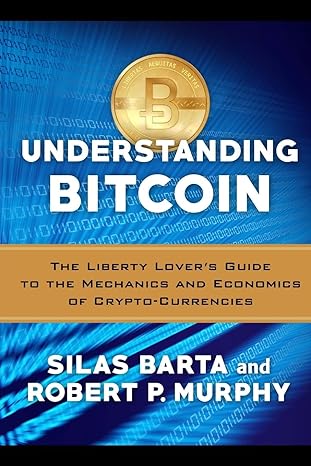Question
1. Today is October 8th, and a corn syrup manufacturer plans to purchase corn on November 1st. On October 8th, the December futures price for
1. Today is October 8th, and a corn syrup manufacturer plans to purchase corn on November 1st. On October 8th, the December futures price for 1 bushel of corn is quoted at $5.25, and the farmer enters a long position in the December futures contract to hedge the purchase of the product. On November 1st, the spot price of corn turns out to be $4.50 per bushel and the December futures price is $4.90 per bushel. The manufacturer closes out its position in the futures market and buys the corn in the spot market. After taking account of the cost of hedging, what is the effective price paid by the manufacturer for each bushel of corn?
Silver (an investment asset) sells for $23/oz in the spot market today and it costs 4% per annum, compounded continuously, to store this asset. The risk-free rate is 5% per annum with continuous compounding for all maturities and a 3-year futures contract on silver is currently quoted at $32/oz.
a) What should the 3-year futures price be so that there is no arbitrage opportunity?
b) If you take advantage of the arbitrage opportunity that exists in the market today, what is the arbitrage profit per ounce?
c) Design an arbitrage strategy to take advantage of any pricing discrepancies (i.e. should you go long in futures and short in underlying or short in the underlying and long in the futures)
Step by Step Solution
There are 3 Steps involved in it
Step: 1

Get Instant Access to Expert-Tailored Solutions
See step-by-step solutions with expert insights and AI powered tools for academic success
Step: 2

Step: 3

Ace Your Homework with AI
Get the answers you need in no time with our AI-driven, step-by-step assistance
Get Started


